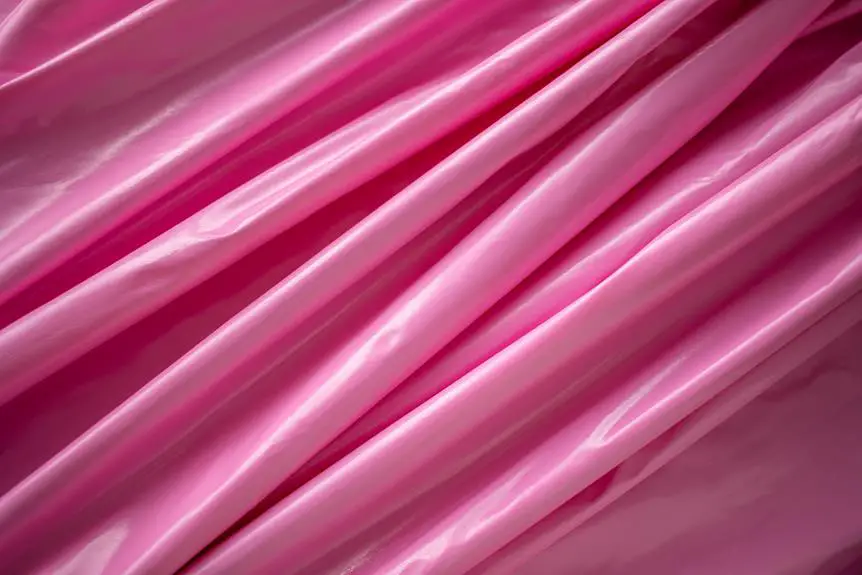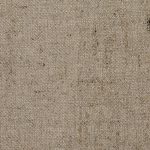Looking to master the art of dyeing fabric black? You've come to the right place. In this guide, we'll explore five straightforward methods to achieve the perfect black hue on your fabric.
From using black fabric dye to harnessing natural ingredients for dyeing, we've got you covered. No need to fret about complex techniques – we'll walk you through the dip-dyeing, tie-dye, and spray-on methods with clear, step-by-step instructions.
Whether you're a seasoned crafter or just starting out, these easy techniques will elevate your fabric dyeing game. Let's dive in and discover the simple yet effective ways to transform your fabric into a deep, rich black shade.
Key Takeaways
- Using black fabric dye requires a specific amount for desired color intensity and proper fabric preparation.
- Dyeing with natural ingredients offers eco-friendly alternatives, such as oak galls, iron filings, and logwood, to create black dye.
- The dip-dyeing technique involves preparing a concentrated dye solution, dipping and gradually submerging the fabric for a desired color effect.
- The tie-dye method allows for intricate designs through folding and twisting fabric in various patterns like spiral, crumple, stripes, bullseye, and chevron.
Using Black Fabric Dye
You will need to use a specific amount of black fabric dye to achieve the desired color intensity.
Fabric preparation is crucial before dye application. Ensure the fabric is clean and free from any finishes that could hinder the dye absorption.
For a deep black hue, use the appropriate dye-to-fabric ratio and follow the dye manufacturer's instructions meticulously.
When applying the black fabric dye, use adequate water and maintain a consistent temperature throughout the dyeing process. This will help in achieving uniform coloration.
After dye application, ensure proper rinsing to remove any excess dye and then proceed with the recommended setting process to enhance color fastness.
Color fastness can be further improved by following the specific instructions provided with the dye.
Additionally, proper fabric care post-dyeing is essential to maintain the black color over time. Always wash the dyed fabric separately, using a mild detergent and cold water.
Avoid prolonged exposure to direct sunlight, as it may cause the black color to fade over time.
Dyeing With Natural Ingredients
When dyeing fabric with natural ingredients, it's important to consider the specific properties of each ingredient to achieve the desired black hue.
Eco-friendly alternatives and sustainable dyeing methods are gaining popularity due to their minimal environmental impact.
Natural ingredients such as oak galls, iron filings, and logwood can be used to achieve a deep black color.
Oak galls, formed on oak trees, contain tannin which reacts with iron to create a black dye.
Iron filings, when steeped in a vinegar solution, produce a black dye that can be used to darken other natural dyes.
Logwood, a tropical hardwood, yields a rich black dye when boiled.
These natural ingredients offer eco-friendly alternatives to synthetic dyes and can be incorporated into sustainable dyeing methods.
When using natural ingredients, it's essential to understand the specific properties and preparation methods for each ingredient to ensure successful and long-lasting results.
Dip-Dyeing Technique
To achieve a black dye on fabric using the dip-dyeing technique, start by preparing a concentrated dye solution in a large container. Ensure that the fabric is clean and damp before dipping it into the dye solution. Gradually lower the fabric into the dye, allowing it to soak and saturate.
For a more gradual saturation and color blending effect, consider partially submerging the fabric at an angle, then slowly lifting it out. This method creates a gradual transition from the original color to the black dye. Keep in mind that the longer the fabric remains in the dye solution, the darker the black color will be.
Once the desired color is achieved, remove the fabric from the dye and rinse it with cold water to stop the dyeing process. Finally, wash the fabric with a mild detergent to remove any excess dye and then let it air dry.
Dip-dyeing offers a versatile way to create unique patterns and gradients, making it a popular choice for customizing fabrics with a black dye.
Tie-Dye Method
For a unique tie-dye effect, start by folding or twisting the fabric in various patterns to create intricate designs before applying the black dye. This fabric preparation is crucial for achieving stunning tie-dye patterns. Here's a simple guide to get you started:
| Pattern | Description | Tips |
|---|---|---|
| Spiral | Twist the fabric from one corner to the center. | Use rubber bands to secure the twist and create sections. |
| Crumple | Crumple the fabric into a ball. | Ensure the crumpled fabric is tightly secured with rubber bands. |
| Stripes | Fold the fabric in an accordion style. | Use multiple rubber bands to section off the fabric for distinct stripes. |
| Bullseye | Pinch the fabric in the center and twist. | Add multiple layers of rubber bands to create concentric circles. |
| Chevron | Fold the fabric in an accordion style, then fold it diagonally. | Use rubber bands to secure the folded fabric at regular intervals. |
These tie-dye patterns create visually captivating designs when the black dye is applied. Experiment with different fabric preparation techniques to achieve your desired tie-dye effect.
Spray-On Fabric Dye
You can achieve a quick and even application of black dye on fabric by using a spray-on fabric dye. This method is ideal for evenly coloring large or intricately designed fabrics, and it offers a convenient alternative to traditional immersion dyeing.
To begin, prepare the fabric by ensuring it's clean and free of any stains or finishes that may hinder the dye's absorption. Next, lay the fabric flat on a protected surface, such as a plastic sheet or tarp, to prevent the dye from staining surrounding areas.
Shake the spray-on fabric dye canister thoroughly and hold it approximately 6-8 inches away from the fabric. Apply the dye in a sweeping motion, starting from one end of the fabric and working your way to the other end to ensure even coverage.
Allow the fabric to dry completely before handling, and follow the manufacturer's instructions for setting the dye to ensure colorfastness. With careful fabric preparation and precise spray-on application, you can achieve a professional-looking black dye on your fabric.
Frequently Asked Questions
How Can I Prevent the Dye From Fading or Bleeding After I Dye the Fabric Black?
To prevent fading and bleeding after dyeing fabric black, follow these steps: 1) Use the appropriate dye for the fabric type. 2) Rinse the fabric thoroughly after dyeing. 3) Wash the fabric separately to avoid bleeding.
Can I Use the Same Dyeing Techniques to Dye Synthetic Fabrics Black, or Are There Different Methods for Synthetic Materials?
Yes, you can use the same dyeing techniques for synthetic fabrics, but it's crucial to ensure colorfastness. Consider using specific synthetic fabric dyes and follow proper dip dyeing techniques for optimal results and fabric dye fixation.
Is It Possible to Achieve a True Black Color When Dyeing Fabric With Natural Ingredients, or Will the Color Be More of a Dark Gray or Charcoal?
Yes, achieving a true black color when dyeing fabric with natural ingredients is possible. It may require different methods for synthetic materials. Be mindful of the dyeing techniques used to avoid a result closer to dark gray or charcoal.
Are There Any Special Considerations or Techniques I Should Be Aware of When Dip-Dyeing Fabric Black, as Opposed to Other Colors?
When dip-dyeing fabric black, special considerations and techniques are crucial for achieving color fastness and wash durability. Whether using natural or synthetic fabric dye, focus on fixing the dye properly, especially for synthetic fabrics.
What Are the Best Practices for Fixing the Black Dye Onto the Fabric to Ensure It Lasts Through Multiple Washings?
To ensure the black dye lasts through washings, prepare the fabric by washing and drying it. Apply the dye according to the instructions, ensuring even coverage. Use a fixative or a dye specifically formulated for longevity. Wash the fabric in cold water with a mild detergent to preserve the color.
- The Use of Nonwovens in Construction and Civil Engineering - July 11, 2025
- The Use of Nonwovens in Construction and Civil Engineering - July 11, 2025
- The Use of Nonwovens in Construction and Civil Engineering - July 11, 2025







